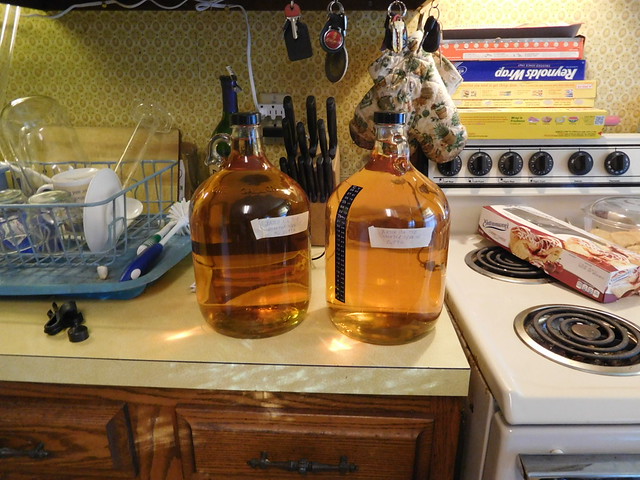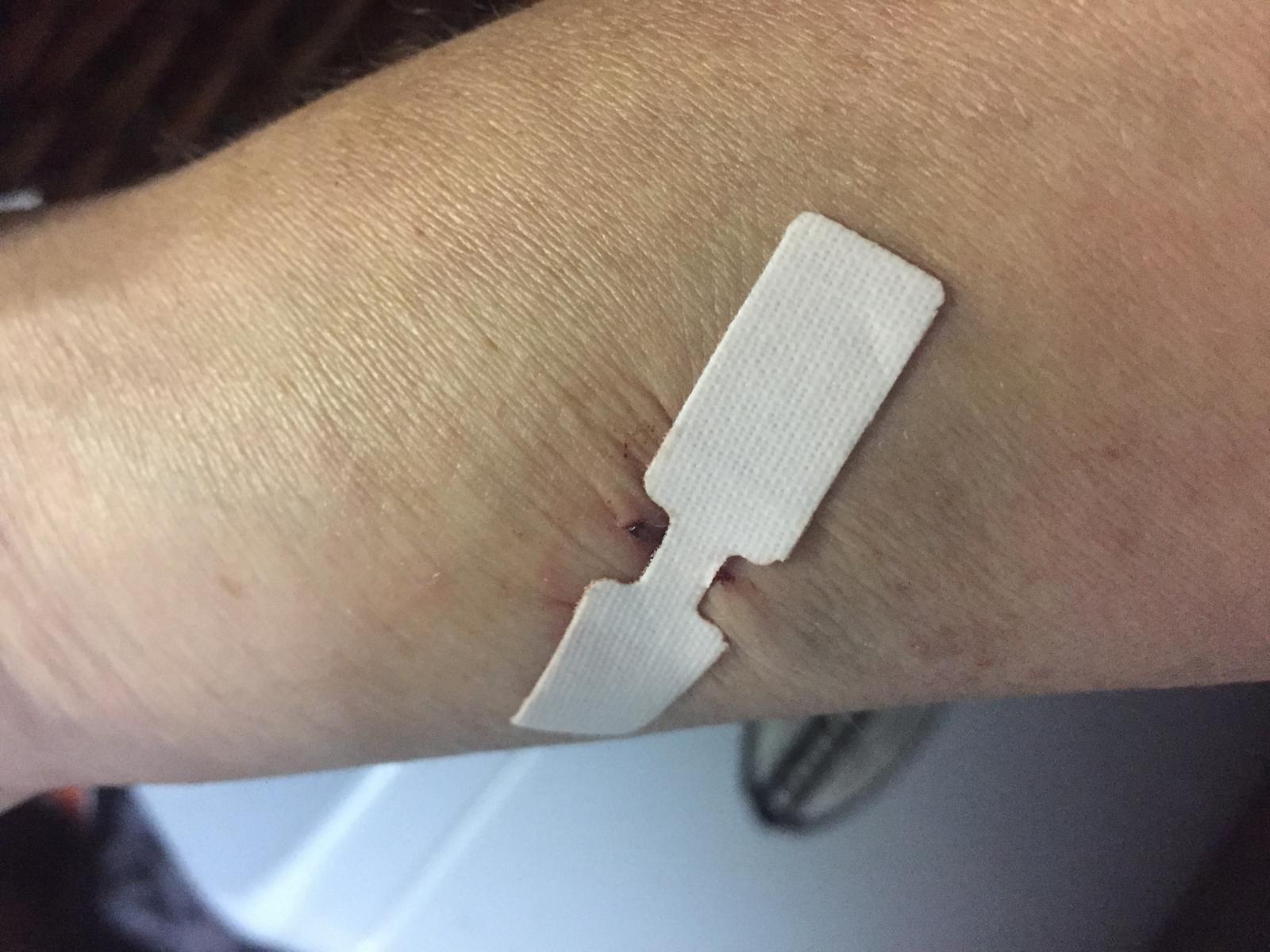eigua
Well-Known Member
So I'm planning a carbonated hard lemonade. Can the pasteurization be done in a wine bottle? What would be the best type of closure for the bottle? The plastic cork with wire cage?
Don't store carbonated drinks in wine bottles. They're not made for pressure. You should use champagne bottles or large flip tops.




![Craft A Brew - Safale BE-256 Yeast - Fermentis - Belgian Ale Dry Yeast - For Belgian & Strong Ales - Ingredients for Home Brewing - Beer Making Supplies - [3 Pack]](https://m.media-amazon.com/images/I/51bcKEwQmWL._SL500_.jpg)
























































